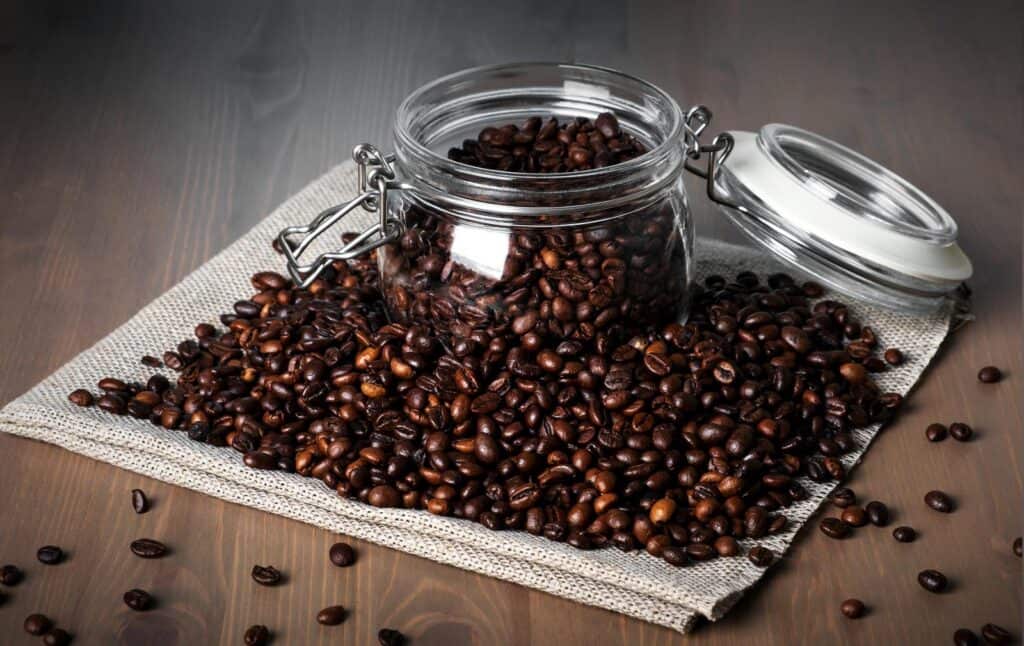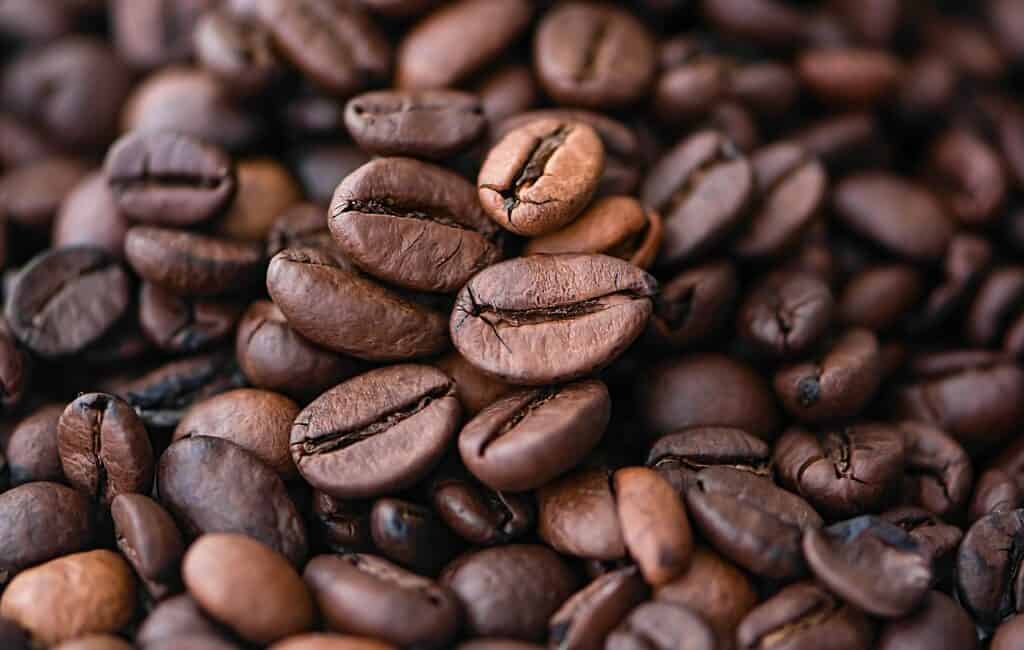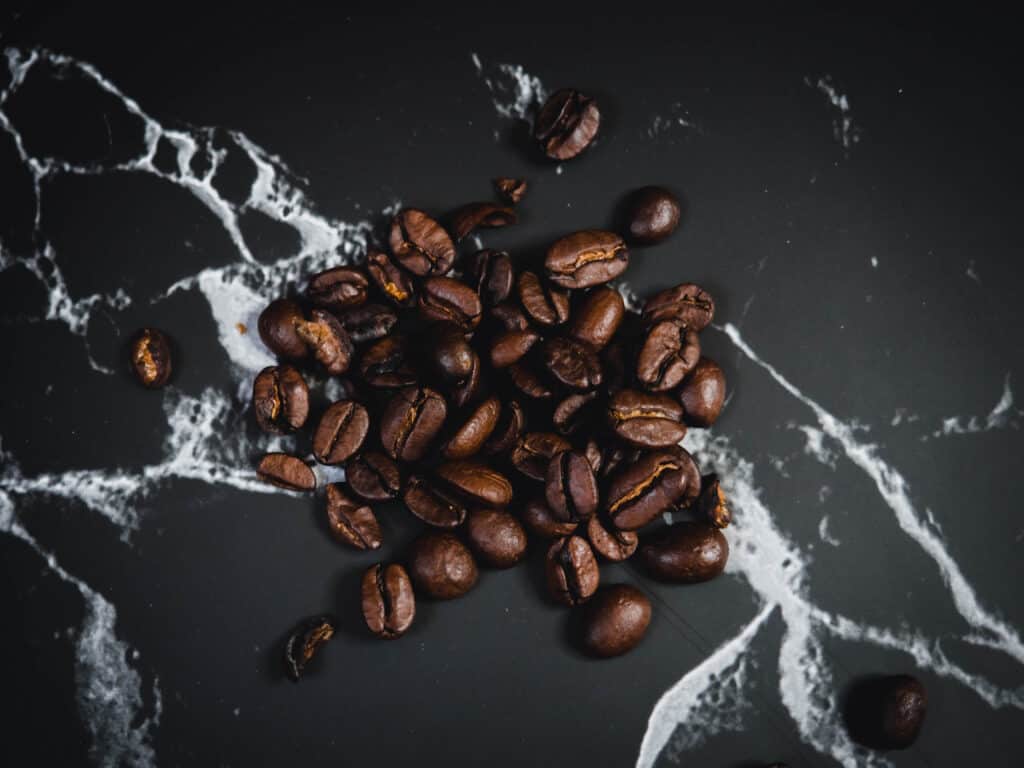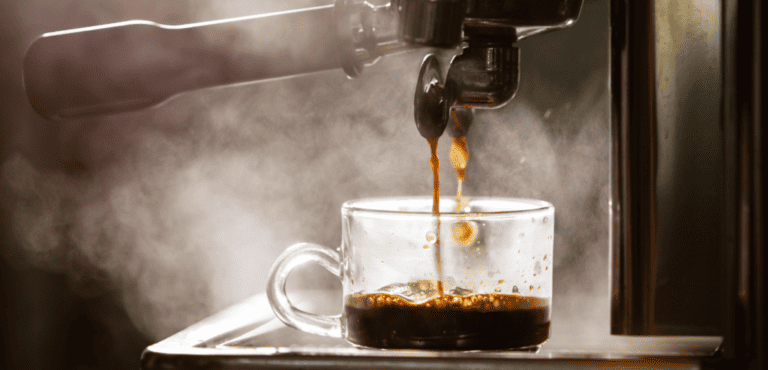Espresso Beans: Everything You Need to Know

Espresso is a popular coffee beverage that is enjoyed by millions of people around the world. It is made by forcing hot water through finely ground coffee beans at high pressure, resulting in a concentrated and flavorful shot of coffee. However, not all coffee beans are created equal, and the type of bean used can greatly affect the taste and quality of the espresso.
Espresso beans are specifically roasted and blended to create the perfect flavor profile for an espresso shot. They are typically darker and oilier than regular coffee beans, and are often a blend of different types of beans from various regions. The roasting process is carefully monitored to ensure that the beans are roasted to the perfect level of darkness, which brings out the rich, bold flavors that are characteristic of espresso.

What are Espresso Beans?
Espresso beans are a type of coffee bean that are used to make espresso, a concentrated coffee beverage that is brewed by forcing hot water through finely ground coffee beans. While any type of coffee bean can be used to make espresso, there are certain characteristics that make espresso beans unique.
Firstly, espresso beans are typically roasted for a longer period of time than other coffee beans. This results in a darker roast and a more intense flavor profile. The longer roasting time also reduces the acidity of the beans, making them less bitter and more palatable.
Secondly, espresso beans are ground much finer than other coffee beans. This is because the water used to brew espresso is forced through the grounds at a high pressure, and a finer grind allows for more surface area and better extraction of the coffee’s flavor and aroma.
Finally, espresso beans are often a blend of different coffee bean varieties, rather than a single origin. This allows for a more complex flavor profile and a consistent taste from batch to batch.
Types of Espresso Beans
When it comes to espresso, the type of beans used can greatly affect the taste and quality of the final product. There are two main types of espresso beans: Arabica and Robusta.
Arabica Beans
Arabica beans are considered to be the higher quality of the two types. They are grown at higher altitudes and in cooler climates, which results in a slower maturation process and a more complex flavor profile. Arabica beans are typically more expensive than Robusta beans due to their higher quality and lower yield.
Arabica beans have a lower caffeine content than Robusta beans, which can be a plus for those who are sensitive to caffeine. They also tend to have a sweeter, fruitier taste with a more delicate acidity. Some common varieties of Arabica beans include Colombian, Ethiopian, and Kenyan.

Robusta Beans
Robusta beans are grown at lower altitudes and in warmer climates, which results in a faster maturation process and a stronger, more bitter flavor profile. They are typically less expensive than Arabica beans due to their higher yield and lower quality.
Robusta beans have a higher caffeine content than Arabica beans, which can be a plus for those who want a stronger caffeine kick. They also tend to have a more earthy, nutty taste with a harsher acidity. Some common varieties of Robusta beans include Vietnamese and Indonesian.
Ultimately, the choice between Arabica and Robusta beans comes down to personal preference. Some prefer the smoother, more complex taste of Arabica beans, while others prefer the stronger, more bitter taste of Robusta beans. It’s important to try both types and see which one suits your taste buds best.

How to Choose the Best Espresso Beans
Choosing the right espresso beans is crucial to creating a great cup of espresso. With so many options available, it can be overwhelming to know where to start. Here are some key factors to consider when choosing the best espresso beans:
Roast Level
The roast level of the beans will greatly impact the flavor of the espresso. Generally, darker roasts will result in a stronger, more bitter flavor while lighter roasts will be more acidic and have a milder taste. It’s important to note that personal preference plays a big role in determining the ideal roast level for each individual.
Origin
The origin of the beans can also greatly impact the flavor of the espresso. Different regions produce beans with distinct flavor profiles. For example, beans from South America tend to have a nutty, chocolatey flavor while beans from Africa tend to be more fruity and floral. It’s worth trying beans from different regions to determine personal taste preferences.
Grind Size
The grind size of the beans will impact the strength and flavor of the espresso. Finer grinds will result in a stronger, more intense flavor while coarser grinds will produce a milder taste. It’s important to choose the appropriate grind size for the specific brewing method being used.
When choosing espresso beans, it’s important to consider the roast level, origin, and grind size. Experimenting with different combinations can help determine the ideal flavor profile for each individual.
How to Store Espresso Beans
Proper storage of espresso beans is essential to maintain their freshness and flavor. Here are some tips on how to store your espresso beans:
Airtight Container: Espresso beans should be stored in an airtight container to prevent air, moisture, and light from degrading their quality. It is recommended to use a container made of ceramic or glass with a tight-fitting lid. Avoid using plastic containers as they can absorb odors and flavors from the environment.
Cool and Dark Place: Espresso beans should be stored in a cool and dark place to prevent them from being exposed to heat and light. The ideal temperature for storing espresso beans is between 60°F and 75°F. Avoid storing them in the refrigerator or freezer as they can absorb moisture and odors from other foods.
Grind the Beans as Needed: Espresso beans should be ground just before use to preserve their freshness and flavor. Avoid grinding the beans in advance as they can quickly lose their aroma and taste.
Buy in Small Quantities: It is recommended to buy espresso beans in small quantities to ensure that they are always fresh. Try to consume them within two weeks of the roast date for maximum flavor.
Keep Away from Strong Odors: Espresso beans can absorb odors from their surroundings, so it is essential to store them away from strong-smelling foods and spices. Keep them in a separate cupboard or pantry away from onions, garlic, and other pungent foods.

How to Grind Espresso Beans
Grinding espresso beans is an essential part of making a great cup of espresso. The right grind size will ensure that the coffee is extracted properly and the flavors and aromas are fully developed. Here are some tips on how to grind espresso beans:
1. Use a burr grinder: A burr grinder is the best option for grinding espresso beans. It produces a consistent grind size, which is important for espresso extraction. Blade grinders can be used, but they tend to produce an uneven grind, which can result in a poor-tasting cup of espresso.
2. Adjust the grind size: The grind size is crucial for espresso extraction. It should be fine enough to allow the water to extract the flavors and aromas, but not so fine that the water can’t pass through the coffee. The ideal grind size is similar to table salt.
3. Grind the beans just before brewing: Freshly ground beans produce the best-tasting espresso. Grinding the beans just before brewing ensures that the coffee is as fresh as possible.
4. Measure the coffee and the water: The amount of coffee and water used will affect the taste of the espresso. A standard ratio is 1:2, which means using 1 gram of coffee for every 2 grams of water. Use a scale to measure the coffee and water accurately.
5. Store the beans properly: Espresso beans should be stored in an airtight container away from light, heat, and moisture. This will help to preserve the flavors and aromas of the coffee.
By following these tips, anyone can grind espresso beans like a pro. With a little practice, it’s possible to make a delicious cup of espresso at home.
Brewing Espresso with Espresso Beans
When it comes to brewing espresso, the type of beans used can make a big difference in the final product. Here are some tips for brewing espresso with espresso beans:
Grind Size: The grind size of the espresso beans is crucial for brewing a quality shot. Espresso requires a fine grind, much finer than drip coffee. Too coarse of a grind will result in a weak shot, while too fine of a grind can cause the shot to be bitter and over-extracted.
Water Temperature: The water temperature should be between 195°F and 205°F. If the water is too cool, the shot will be under-extracted, and if it’s too hot, the shot will be over-extracted.
Brew Time: The ideal brew time for espresso is between 20-30 seconds. A shot that brews too quickly will be weak, while a shot that brews too long will be bitter and over-extracted.
Tamping: Tamping the espresso grounds is another important aspect of brewing espresso. The grounds should be evenly distributed and tamped down firmly to ensure even extraction during brewing.
Machine Maintenance: Regular maintenance of the espresso machine is crucial for brewing a quality shot. The machine should be cleaned regularly to prevent any build-up of coffee oils and residue that can affect the taste of the shot.
By following these tips, one can brew a quality shot of espresso using espresso beans. Remember, the key to a great shot of espresso is using quality beans, proper grind size, water temperature, brew time, and machine maintenance.
Conclusion
Espresso beans are a popular choice for coffee lovers who enjoy a strong, rich, and flavorful cup of coffee. They are specifically roasted and ground to produce a concentrated shot of coffee that is the base for many popular coffee drinks.
When choosing espresso beans, it is important to consider the roast level, origin, and flavor profile. Darker roasts tend to produce a more intense flavor, while lighter roasts can highlight the unique flavors of the beans. Single-origin beans can offer distinct flavors and aromas that are specific to their growing region, while blends can provide a well-rounded and balanced taste.
It is also important to consider the freshness of the beans. Espresso beans should be used within two weeks of roasting to ensure maximum flavor and aroma. Storing them in an airtight container in a cool, dark place can help preserve their freshness.
Overall, espresso beans offer a unique and satisfying coffee experience for those who appreciate a strong and flavorful cup of coffee. By considering the roast level, origin, and freshness of the beans, coffee lovers can enjoy a delicious and satisfying espresso-based drink.
RECOMMENDED READS
Best Espresso Beans: Top Picks for Rich and Bold Flavor
Decaf Espresso Beans: A Guide to the Best Brands and Flavors





